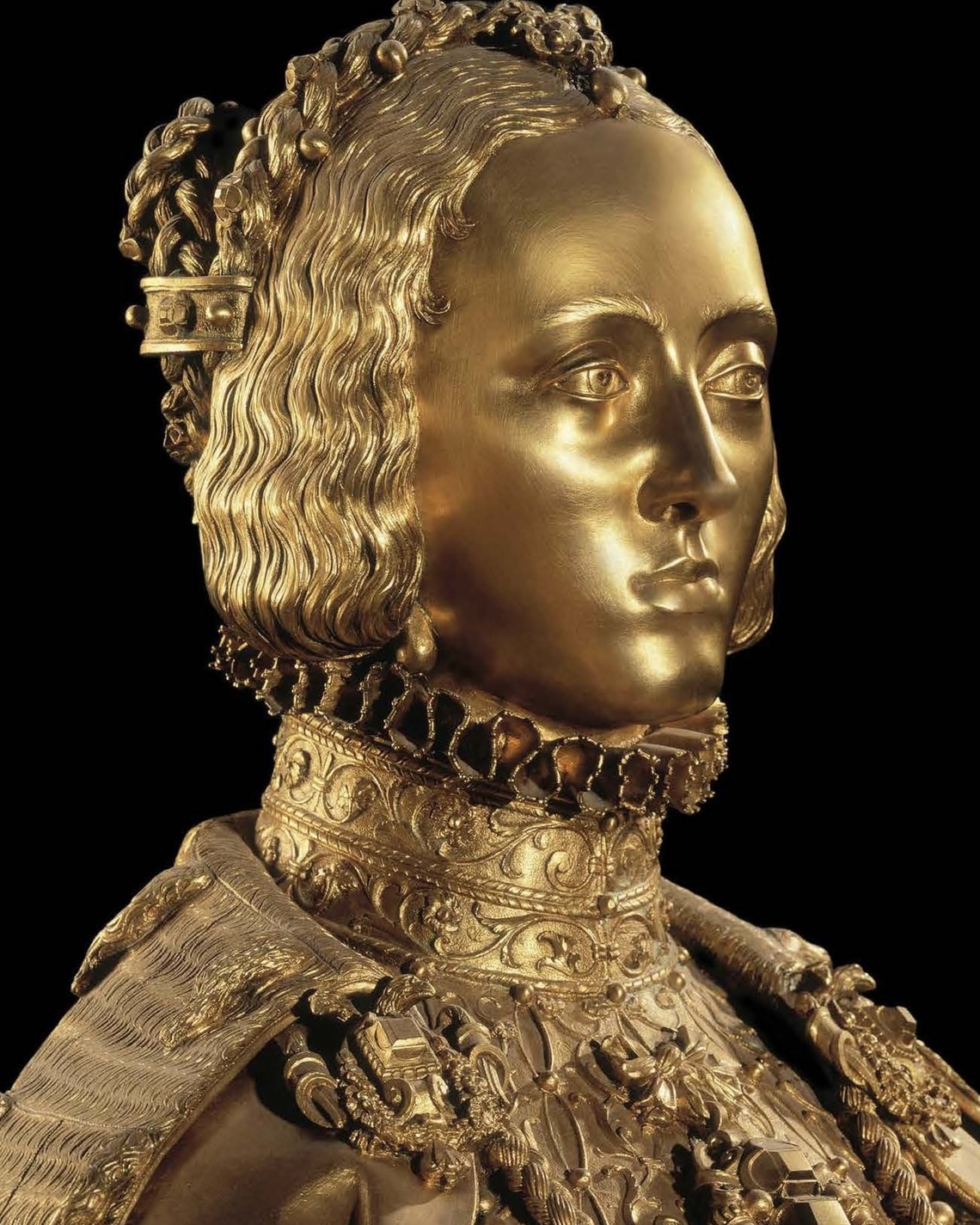
Somber and Solemn
KNEELING FOR ALL ETERNITY
António Filipe PimentelThere aren’t a great many things in the land of Spain, but each of them “seemed to exist materially and eternally”: one might dare to think that King Philip II would have agreed with this observation, posited four centuries after his accession by Jorge Luis Borges. Philip decreed the construction, in the foothills of the austere and desolate Sierra de Guadarrama, of a single colossal edifice embodying both a temple to God and a retreat for the old age and death of Kings: El Escorial. At the building’s epicenter, we find two families, Philip’s and his father Charles V’s, each royal gilded and kneeling for all eternity. A palace of penitence – enormous, monotonous, and unsmiling – that was a celebration of monarchy and religion, linked as one. Over the centuries it became the emblem of a people described in a cliché that dates back to Philip’s time (and like all clichés, not so much false as incomplete) as tétrico y grave – somber and solemn.






